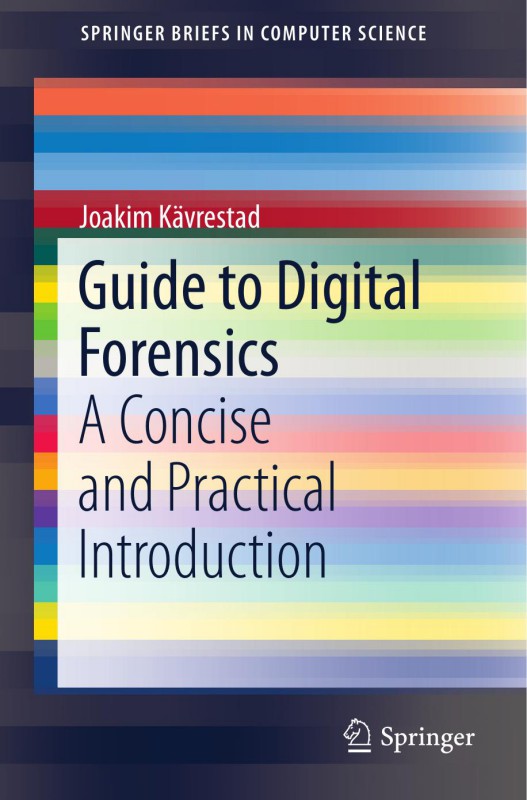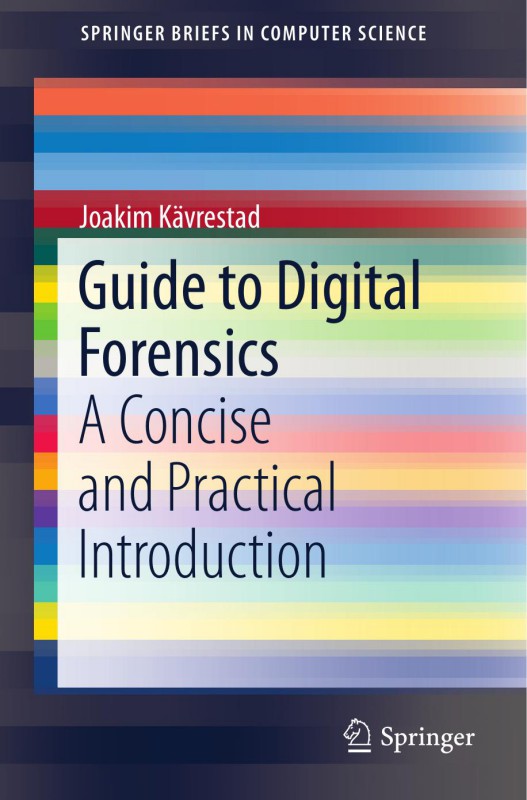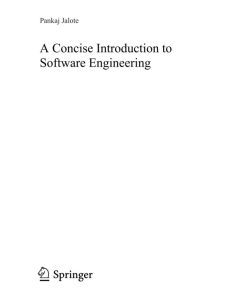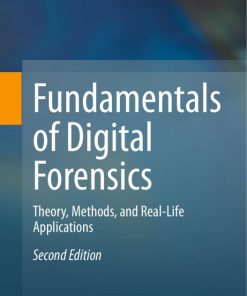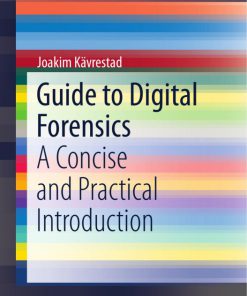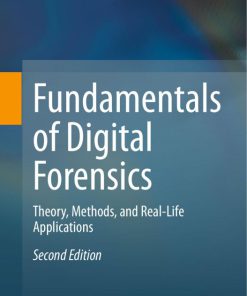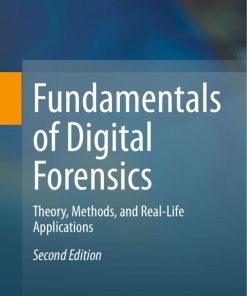Guide to Digital Forensics A Concise and Practical Introduction 1st edition by Joakim Kavrestad ISBN ‎ 3319674498 978-3319674490
Original price was: $50.00.$25.00Current price is: $25.00.
Authors:Joakim Kävrestad , Series:Cyber Security [78] , Tags:Computers; Security; General; Software Development & Engineering; Computer Graphics; Social Science; Criminology; Information Technology; Optical Data Processing; Language Arts & Disciplines; Library & Information Science , Author sort:Kävrestad, Joakim , Ids:Google; 9783319674506 , Languages:Languages:eng , Published:Published:Sep 2017 , Publisher:Springer , Comments:Comments:This work introduces the reader to the world of digital forensics in a practical and accessible manner. The text was written to fulfill a need for a book that introduces forensic methodology and sound forensic thinking, combined with hands-on examples for common tasks in a computer forensic examination. The author has several years of experience as a computer forensics examiner and is now working as a university-level lecturer. Guide to Digital Forensics: A Concise and Practical Introduction is intended for students that are looking for an introduction to computer forensics and can also be used as a collection of instructions for practitioners. The aim is to describe and explain the steps taken during a forensic examination, with the intent of making the reader aware of the constraints and considerations that apply during a forensic examination in law enforcement and in the private sector. Upon reading this book, the reader should have a proper overview of the field of digital forensics, starting them on the journey of becoming a computer forensics expert.

